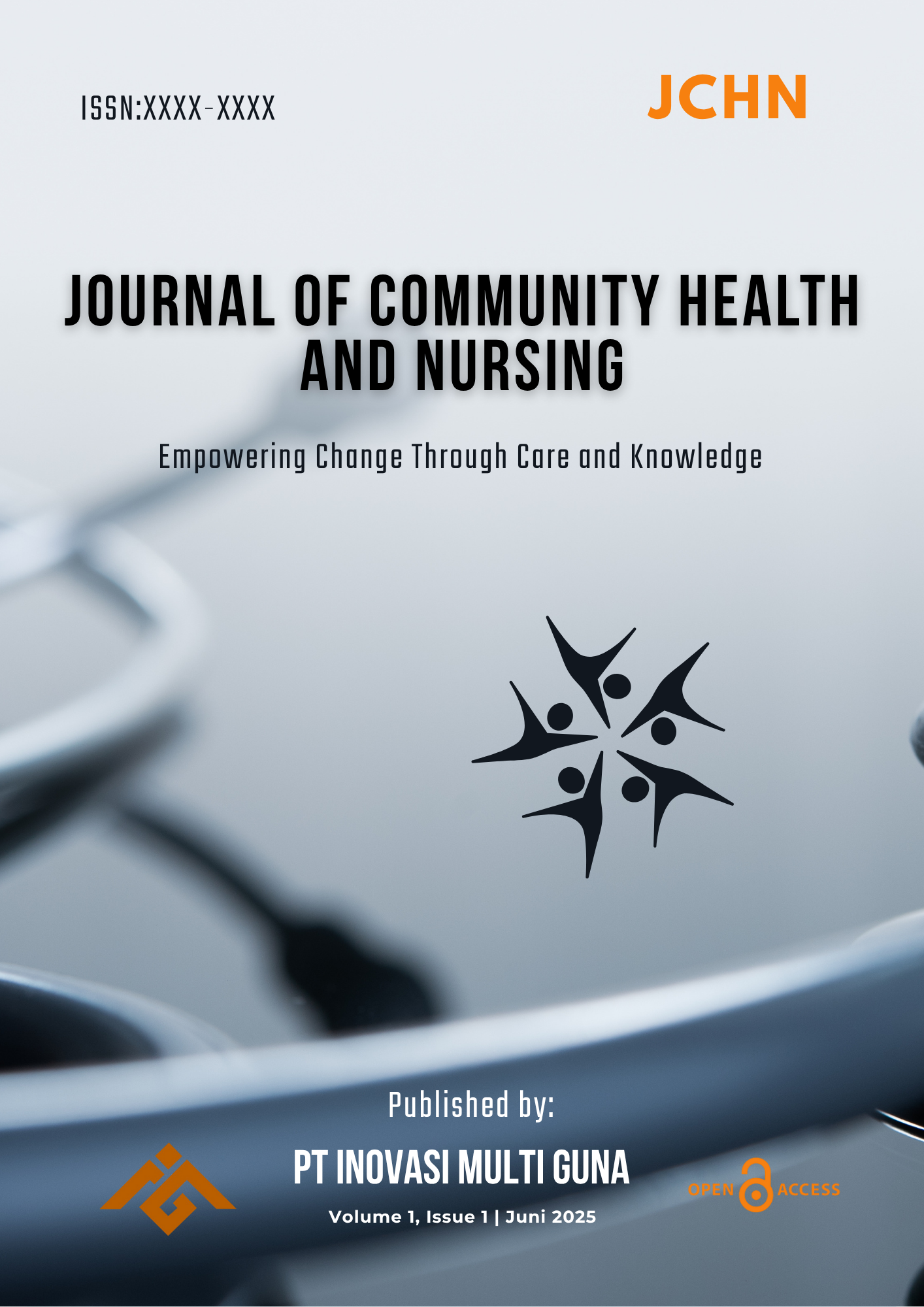Determinants of Smoking Motivation Among Adolescents: A Cross-Sectional Analysis
Keywords:
adolescent smoking, smoking motivation, peer influence, curiosity, tobacco accessAbstract
Background: Adolescent smoking remains a significant public health concern, particularly in low- and middle-income countries where prevention strategies often fall short. Understanding the psychological and environmental factors that drive smoking motivation is essential for designing effective interventions.
Objective: This study aimed to identify the internal and external factors associated with smoking motivation among adolescents in Indonesia.
Methods: A cross-sectional survey was conducted among 355 high school students aged 15–18 years, selected through stratified random sampling. Data were collected using a validated 24-item Smoking Motivation Questionnaire assessing both internal (e.g., curiosity, stress relief, emotional regulation) and external (e.g., peer influence, family influence, cigarette availability) factors. Descriptive statistics, independent samples t-tests, and binary logistic regression were used to analyze the data.
Results: Peer influence (M = 3.89, SD = 0.62), curiosity (M = 3.84, SD = 0.67), cigarette availability (M = 3.79, SD = 0.65), and stress relief (M = 3.51, SD = 0.72) were the strongest predictors of high smoking motivation. Logistic regression analysis confirmed that peer influence (OR = 2.17, p = .002), curiosity (OR = 1.89, p = .004), and cigarette availability (OR = 1.81, p = .003) significantly increased the likelihood of elevated smoking motivation. Family influence and emotional regulation were not significant in the final model.
Conclusion: The study highlights the critical role of peer dynamics, psychological curiosity, and environmental access in shaping adolescents’ motivation to smoke. Targeted interventions should emphasize peer-based prevention, stress management education, and stricter regulation of tobacco access to mitigate smoking initiation among youth.
Downloads
Published
Issue
Section
License
Copyright (c) 2025 Journal of Community Health and Nursing (JCHN)

This work is licensed under a Creative Commons Attribution-NonCommercial 4.0 International License.





